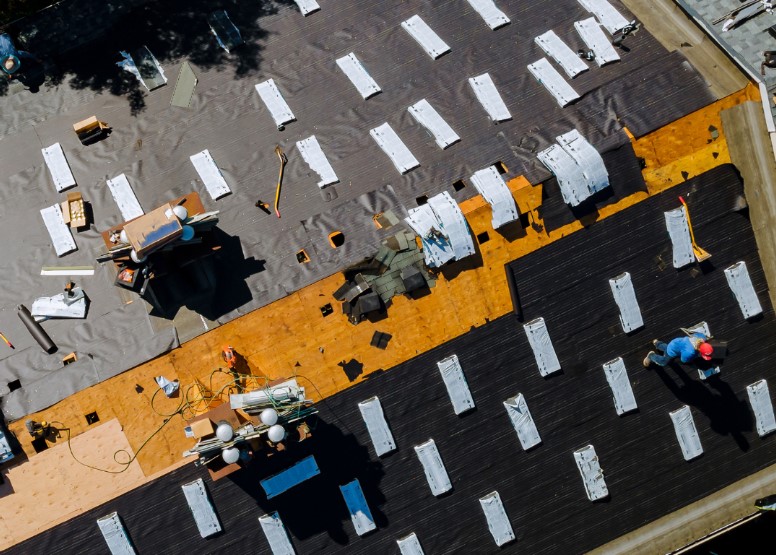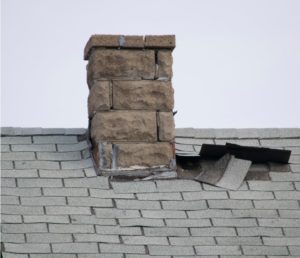Commercial roof replacement is a significant undertaking that requires careful planning and execution to ensure success.
In this comprehensive guide, we’ll walk you through each step of commercial roof replacement planning and execution. We aim to provide you with actionable advice and best practices to make the process as smooth as possible.
Understanding the Need for Commercial Roof Replacement
Recognizing the need for a commercial roof replacement is the first step in the process. Regular roof inspections can help identify potential issues early on.
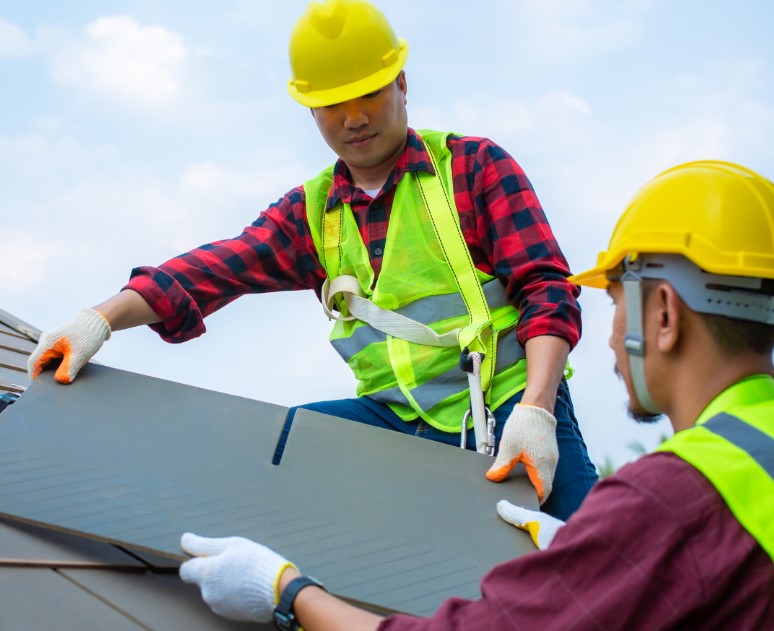
Signs Your Roof May Need Replacement
There are several signs that your commercial roof may need replacement. These include:
- Persistent leaks, even after repairs
- Visible damage such as cracks, blisters, or punctures
- Increased energy bills from poor insulation
- Aging roof beyond its expected lifespan
If you notice any of these signs, it’s time to consider a roof replacement.
The Consequences of Delaying Roof Replacement
Delaying a necessary roof replacement can have serious consequences. A failing roof can lead to water damage, mold growth, and structural issues.
It can also disrupt your business operations. For instance, leaks can damage inventory or equipment, leading to costly losses.
A deteriorating roof can also negatively impact the building’s energy efficiency, resulting in higher utility bills over time.
In the long run, the cost of frequent repairs and associated damages can exceed the cost of a new roof. Therefore, timely replacement is a wise investment.
Roofing Materials and Systems for Commercial Buildings
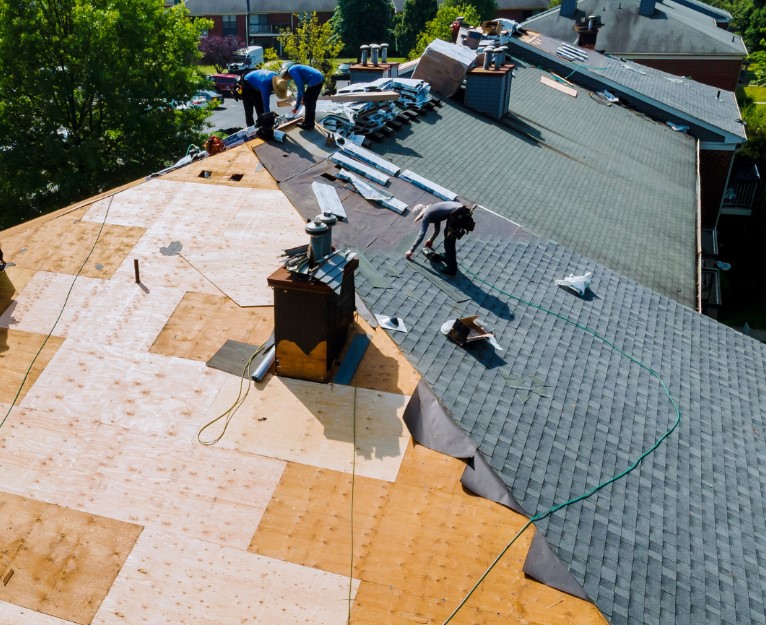
The choice of roofing material is a key decision in your roof replacement planning. The material you choose will affect durability, maintenance, and cost.
Comparing Popular Commercial Roofing Options
There are several popular options for commercial roofing materials, like Thermoplastic Olefin (TPO), Ethylene Propylene Diene Monomer (EPDM), and metal roofing.
- TPO is a cost-effective and durable option. It’s resistant to UV rays, making it a good choice for buildings in sunny climates.
- EPDM, also known as rubber roofing, is known for its durability and ease of installation. It’s a great option for large commercial buildings.
- Metal roofing is more expensive but highly durable and can last for decades. It’s also resistant to fire and extreme weather conditions.
Each of these materials has benefits and drawbacks, so consider your building’s specific needs and budget when choosing a roofing material.
Legal and Regulatory Considerations
When planning a commercial roof replacement, keep in mind the legal and regulatory aspects. These include obtaining necessary permits, adhering to building codes, and ensuring compliance with local regulations.
Permits, Building Codes, and Compliance
Before starting your roof replacement project, you’ll need to obtain the necessary permits. The requirements for these permits can vary by location, so check with your local government or a knowledgeable roofing contractor.
Building codes are another important consideration. These codes set standards for construction to ensure the safety and health of building occupants. Your new roof must meet these standards, so it’s important to work with a roofing contractor who is familiar with the local building codes.
Finally, you’ll need to ensure that your roof replacement project complies with any relevant local regulations. This could include noise regulations, waste disposal, and hours of work. Non-compliance can result in fines or delays in your project, so it’s important to understand these regulations before work begins.
The Planning Phase: Budgeting and Timeline
The planning phase is a critical part of any commercial roof replacement project. It involves setting a budget and creating a timeline for the project. Both of these elements require careful consideration and strategic planning.
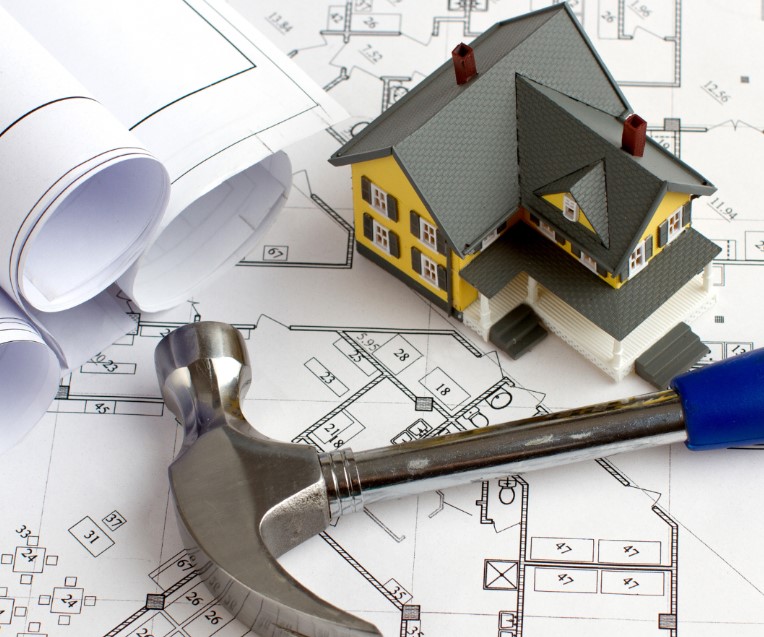
How to Budget for Your Roof Replacement
Budgeting for a roof replacement involves several factors the cost of materials, labor, permits, and additional costs such as waste disposal or renting equipment. Get estimates from several roofing contractors to ensure you’re getting a fair price.
Consider the following when setting your budget:
- The size and complexity of your roof
- The type of roofing material you choose
- The cost of labor in your area
- Any additional services you may need, such as inspections or maintenance
Set aside a contingency budget for any unexpected costs that may arise during the project.
Setting a Realistic Timeline for Completion
Setting a realistic timeline for your roof replacement is just as important as setting a budget. The timeline depends on several factors, like the size and complexity of your roof, the weather, and the availability of your chosen roofing contractor.
Remember that roof replacement is a complex process that can take several weeks to complete. Be sure to factor in potential delays from weather or unforeseen issues. Communicate with your roofing contractor regularly to stay updated on the project’s progress.
Preparing for the Roof Replacement Process
Before the actual roof replacement begins, there are several steps you need to take to prepare your commercial property. This preparation phase is crucial to ensure the safety of everyone involved and to minimize disruption to your operations.
Site Preparation and Safety Measures
Firstly, you need to prepare the site for the roofing contractors. This may involve clearing the area around the building, setting up safety barriers, and providing access to power sources. It’s also important to discuss safety measures with your contractor. They should have a safety plan in place that complies with all relevant regulations and standards.
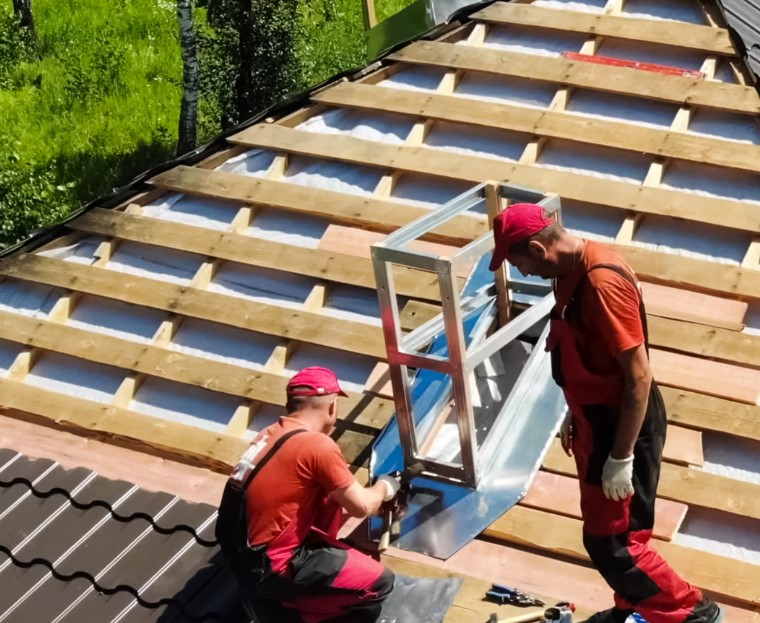
Minimizing Disruption to Operations
Roof replacement can be a disruptive process. However, with careful planning, you can minimize the impact on your business operations. Consider scheduling the work during off-peak hours or when your business is closed. Communicate with your employees and customers about the project and what they can expect.
The Execution: Removing and Installing the New Roof
The execution phase of your commercial roof replacement involves removing the old roof and installing the new one. This is a complex process that requires careful planning and skilled execution.
Step-by-Step Guide to the Installation Process
The first step in the installation process is to remove the old roofing material. This must be done carefully to avoid damaging the underlying structure. Once the old roof is removed, the surface is prepared for the new installation. This may involve repairing any damage, cleaning the surface, and installing a protective underlayment.
Next, the new roofing material is installed. The exact process will depend on the roofing system you have chosen. Regardless of the system, the installation must be done correctly to ensure the longevity and performance of your new roof.
Finally, additional components, such as flashing, drainage systems, or ventilation equipment, are installed. These elements are essential for the overall performance and durability of your roof.
Quality Assurance and Inspections
Throughout the installation process, quality assurance measures should be in place. This includes regular inspections to ensure the work is being done correctly and to the highest standards. After the installation is complete, a final inspection should be done to confirm that all aspects of the project have been executed properly.
Post-Replacement: Maintenance and Warranties
After your new commercial roof is installed, the work doesn’t stop there. Establish a maintenance schedule to ensure the longevity and performance of your roof.
Establishing a Maintenance Schedule
Regular maintenance can help identify potential issues before they become major problems. This includes routine inspections, cleaning, and minor repairs as needed. A professional roofing contractor can help you establish a maintenance schedule that suits your specific roofing system and building needs.
Understanding Your Warranty Coverage
In addition to regular maintenance, it’s important to understand your warranty coverage. A warranty can provide peace of mind, knowing that if something goes wrong, you’re covered. However, warranties can vary greatly in terms of what they cover and for how long, so it’s important to read the fine print.
Navigating Insurance and Minimizing Costs
When it comes to commercial roof replacement, dealing with insurance can be a daunting task. However, understanding how to navigate the process can help minimize costs and maximize your claim.
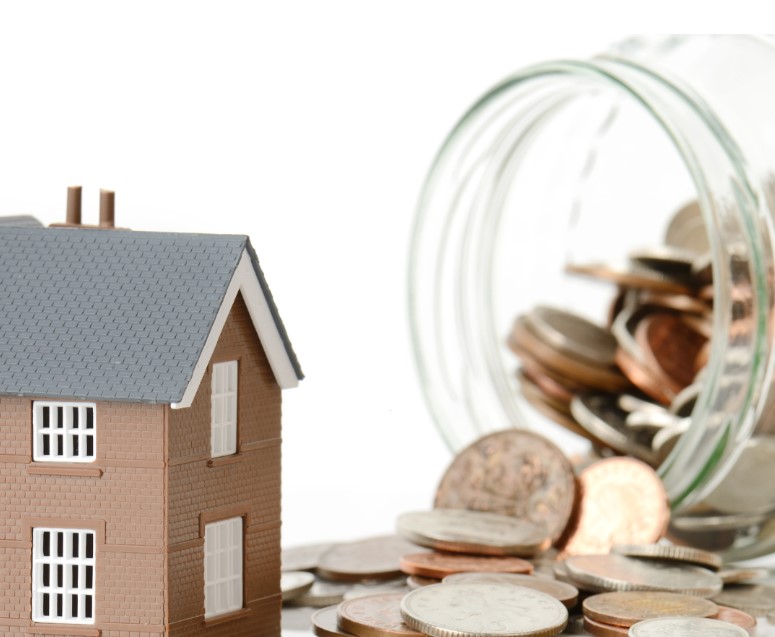
How to Negotiate with Insurance for Roof Replacement
The first step in negotiating with insurance is documenting the damage. This includes taking photos, keeping records of repairs, and getting a professional assessment from a roofing contractor.
Next, you’ll need to understand your policy coverage. This includes knowing what types of damage are covered and any deductibles or limits. It’s also important to know the process for filing a claim and what documentation is required.
Tips for Maximizing Claims and Reducing Out-of-Pocket Expenses
To maximize your insurance claim, provide thorough documentation of the damage and repair costs. This includes estimates from roofing contractors, invoices for any repairs, and evidence of the damage such as photos or videos.
Another tip is to understand the depreciation value of your roof. Insurance companies often factor in depreciation when calculating payouts, so knowing this can help you negotiate a fair settlement.
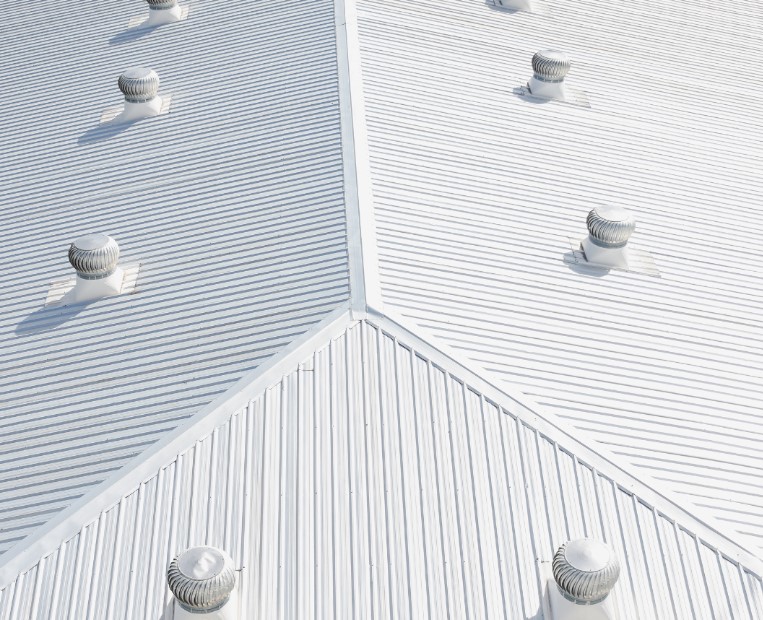
Finally, consider hiring a public adjuster if you’re having difficulty navigating the insurance process. They can help you understand your policy, file your claim, and negotiate with the insurance company on your behalf.
Conclusion and Checklist
Planning and executing a commercial roof replacement is a complex process. It requires careful planning, the right roofing contractor, and a thorough understanding of the materials, regulations, and costs involved.
To help you in your roof replacement journey, here’s a final checklist:
- Regularly inspect your roof for signs of damage.
- Choose a reputable roofing contractor with the right credentials and experience.
- Understand the different roofing materials and systems available.
- Be aware of the legal and regulatory requirements for your project.
- Plan your budget and timeline carefully.
- Prepare your property and minimize disruption to operations.
- Ensure quality assurance and inspections are carried out during and after installation.
- Establish a maintenance schedule and understand your warranty coverage.
- Document all damage and repairs for insurance purposes.
- Maximize your insurance claim and minimize out-of-pocket expenses.
For more information or expert commercial roofing services in Austin, contact Risner Roofing at (737) 257-5985.


